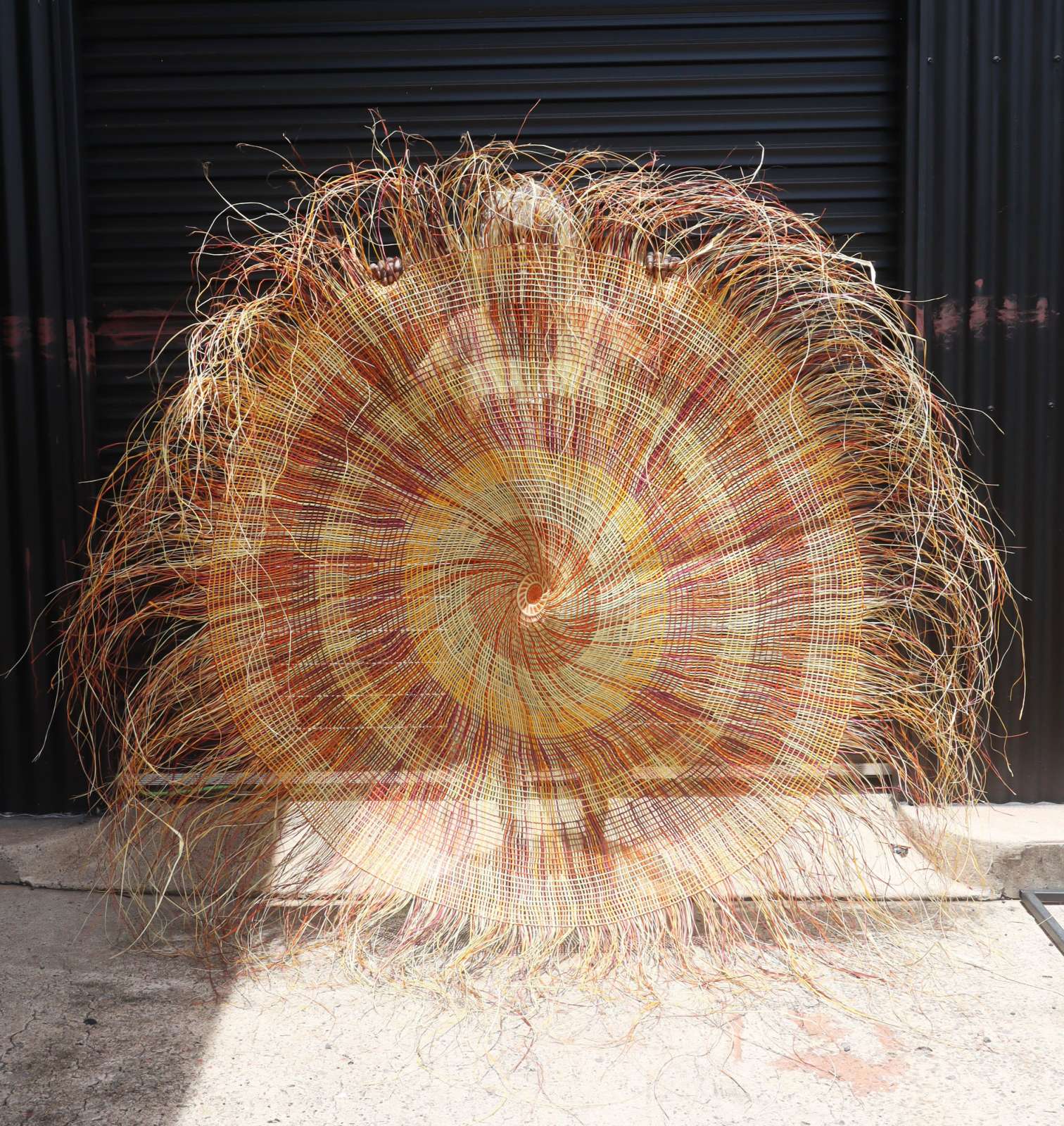
FEBRUARY 2023: Our guide to ethical Indigenous art
Art produced by Indigenous Australians is an undeniable pillar of Australian culture. Gaining enormous traction in recent years, the market for Indigenous art has grown rapidly both locally and internationally.
With it so has a market for inauthentic Indigenous ‘style’ designs.A recent report by the Productivity Commission found 60% of Indigenous art purchases made within Australia were inauthentic and mass-produced internationally. Further, 80% of what is marketed as Indigenous ‘style’ art was identified as fake. Recent initiatives such as the Fake Art Harms Culture campaign and an Australia Council for the Arts submission have made several recommendations to combat inauthentic art, however there is no current legislation specifically making sale or purchase illegal.
The Indigenous Art Code (the Code) explain how the negative effect of purchasing such art goes far beyond misleading purchasers. Misappropriating Aboriginal and Torres Strait Islander culture undermines their role in communities, denies the artists important economic opportunities and recognition, and puts ethical businesses at a disadvantage. In an industry worth upwards of $250 million a year, this is a huge loss for the communities that buyers are intending to support.
So how do you know whether the art that’s sparked your interest is authentic and ethical?
First, do your research
Art fairs and online marketplaces such as Trading Blak, Tarnanthi, and the Darwin Aboriginal Art Fair (DAAF) have become hubs for ethical purchasing of Indigenous artworks, directly representing artists and art centres across Australia.
In addition, advocacy bodies such as Association of Northern Kimberley and Arnhem (ANKA) and Desart monitor the industry and provide support to Indigenous artists and Aboriginal owned art centres.
Another indicator to look out for is whether your seller is a member of the Code. Members of the Code are committed to the ethical sale and purchasing of Indigenous art and abide by its approach to transparency.
Second, ask questions
Below are some questions your seller should be able to answer:
– Who is the artist?
– Where is the artist from?
– How did you get the artwork or product in your gallery or shop?
– How was the artist paid for their work?
– If it is a reproduction of an artist’s work, how are royalties or licensing fees paid to the artist?
If any alarm bells are ringing during your transaction, it’s always best to ask.
Marrawuddi Arts and Culture is a proud member of the Code and ANKA organisations. All art purchased through Marrawuddi is purchased and sold with full transparency and in alignment with such governing body regulations. If you have any questions, please reach out!